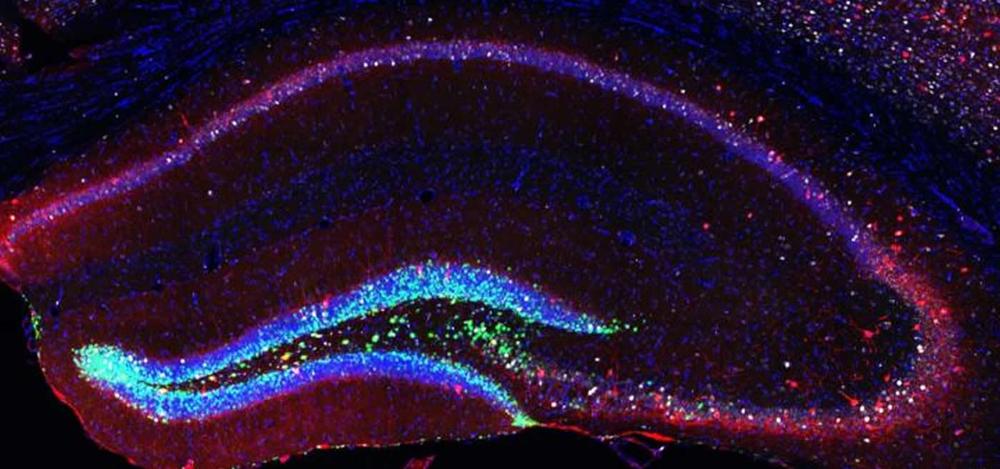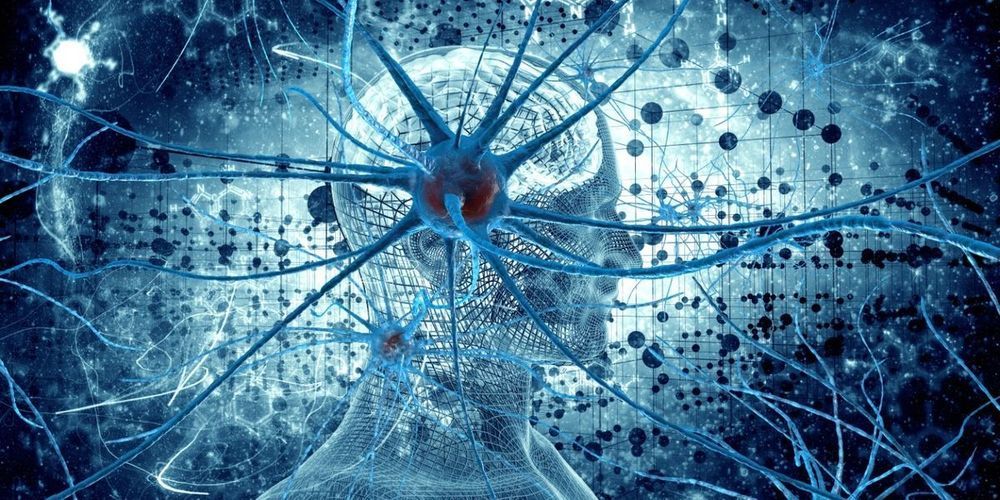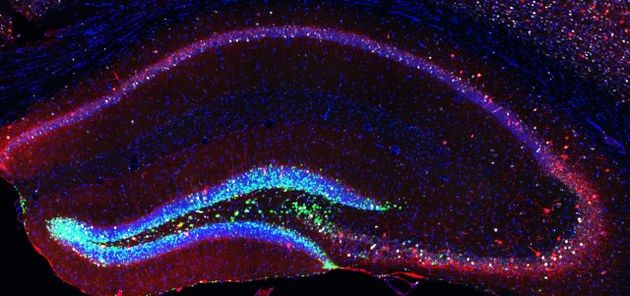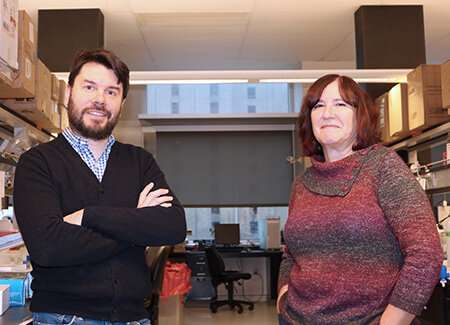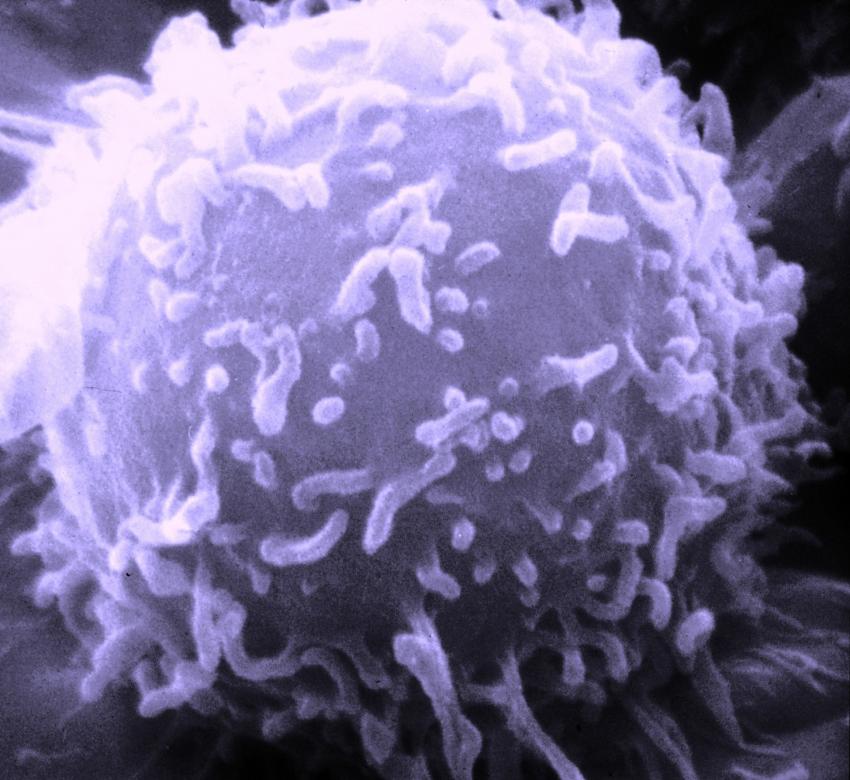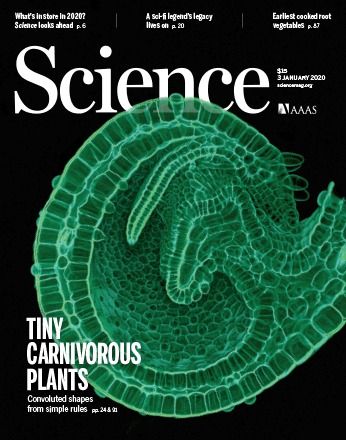What the reasons underlying these impairments are is yet unclear but scientists at the Center for Regenerative Therapies of TU Dresden (CRTD) wanted to investigate if increasing the number of stem cells in the brain would help in recovering cognitive functions, such as learning and memory, that are lost during ageing.”
https://tu-dresden.de/tu-dresden/newsportal/news/verjuengungskur-fuers-gehirn-zusaetzliche-stammzellen-verbessern-lernen-und-gedaechtnis-von-alten-maeusen
For the latest news on neuroscience, psychology, and artificial intelligence please like and follow our Facebook page:
https://www.facebook.com/383136302314720/posts/508764083085274/
Ein jeder wird es irgendwann erleben: Je älter wir werden, desto schwieriger wird es für unser Gehirn, neue Dinge zu lernen und sich an sie zu erinnern. Die Gründe hinter diesen Beeinträchtigungen sind oft unklar. Nun haben Wissenschaftler des Zentrums für Regenerative Therapien der TU Dresden (CRTD) untersucht, ob eine Erhöhung der Anzahl von Hirnstammzellen helfen würde, kognitive Funktionen wie Lernen und Gedächtnis wiederzuerlangen, die im Laufe des Alterns verloren gehen.
Die Forschungsgruppe von Prof. Federico Calegari hat dazu eine im eigenen Labor entwickelte Methode verwendet: Im Gehirn alter Mäuse stimulierten die Wissenschaftler den dort vorhandenen kleinen Pool neuronaler Stammzellen so, dass sich die Menge dieser Stammzellen und damit auch die Anzahl der aus ihnen erzeugten Gehirnzellen erhöhte. Das Team beobachtete, dass diese zusätzlichen Neuronen überleben und sogar neue Kontakte zu benachbarten Zellen knüpfen können. In einem nächsten Schritt untersuchten die Wissenschaftler eine wichtige Aufgabe des Gehirns, die ähnlich wie bei der Maus auch beim Menschen im Laufe des Alterns verloren geht: die Navigationsfähigkeit.
Es ist vom Alter abhängig, auf welche Art man sich in einer neuen Umgebung zurechtzufinden lernt. In der Jugend erstellt das Gehirn eine kognitive Landkarte und erinnert sich an diese. Diese Fähigkeit schwindet im Alter – statt mit der Landkarte im Kopf navigieren ältere Individuen anhand fester Abfolgen von Richtungswechseln, um ein bestimmtes Ziel zu erreichen. Die zuverlässigere Strategie von beiden ist jedoch die kognitive Landkarte, sprich: Die Strategie des jungen Gehirns.

